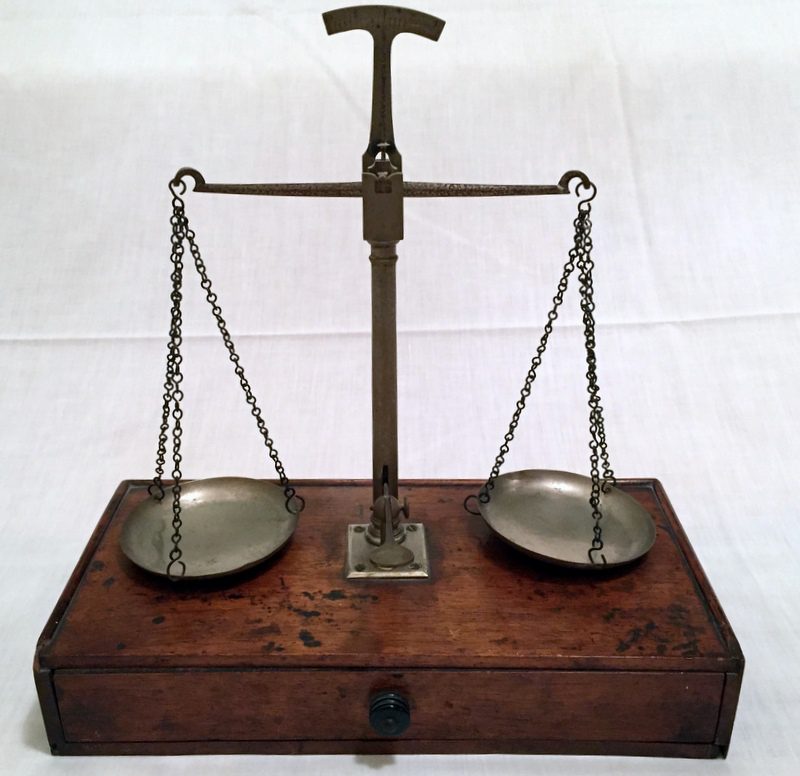
Reader Question: Is it legal for a real estate agent to work with the seller and the buyer and if it is, then get both commissions? Jonie P.
Monty’s Answer: It is legal for a real estate agent to work with both a buyer and a seller. Real estate law in every state says that a real estate agent in a transaction must treat all parties fairly. One of the types of transactions utilized in agency relationships is called disclosed dual agency or multiple representation agency. In this type of transaction, the buyer and the seller agree that the agent is working for both of them. The duties of a dual agent are slightly different in that the agent cannot advise either party on certain matters. An example is the agent could give neither party their opinion of the value of the home. The agent must remain neutral. In a few states, Colorado, Florida and Kansas, dual agency is prohibited, so the agent must become a transactional agent.
The other agency relationships are:
- Sub-agency – The selling agent is a sub-agent of the listing broker and, therefore, the seller.
- Buyer agency – The selling agent and their broker is the agent of the buyer.
- Seller agency – The listing agent is the agent of the broker and the seller
- Transaction Agent – The transaction agent (facilitator) represents neither buyer or seller.
To learn more about agency, here is a link to an article about how agency works on the DearMonty website at https://dearmonty.com//agency-concept-law-real-estate-agent-secret-agent/.
Broker commission sharing
To clarify the part of your question on the agent receiving “both commissions,” there is one commission paid in the great majority of real estate transactions. How the participating brokers and agents share that one commission in the transaction can vary widely depending on some factors. Those factors are:
- The number of brokers and agents involved. It is conceivable there could be as few as one broker as a sole practitioner who also generates the buyer, to as many as four brokers and four agents in a single transaction. The latter transaction would have a listing broker, selling broker, listing agent, selling agent, listing referral broker, buyer referral broker, listing referral agent and buyer referral agent. Referrals between brokers and agents are common in the real estate industry. There is no source keeping track of the industry’s referral business, but it is likely referrals are a factor in fifteen to twenty-five percent of all real estate transactions.
- The distribution percentages of the total fee by the listing broker to the participating brokers. The distribution percentages above refer to the agreement between the brokers as to the fee sharing arrangement. The percentage of the total fee the listing broker pays out can vary based on market conditions, reciprocal broker arrangements or other factors. There is no standard distribution rate.
- The business practices of the participating brokers. The final factor is the business practices of the individual brokers. Real estate companies have a wide variety of philosophies regarding payment to their independent contractor agents. Some pay out commissions based on agent production, some pay out one hundred percent of the commission but have multiple cost charge-backs to the agents for desk and advertising costs. Some brokers charge flat fees, some discount traditional percentage fees, or unbundle specific services for consumers. There are also salary plus commission brokers.
These factors impact each and every real estate transaction, so it is often difficult to determine the agent’s earnings unless one has all the facts.
An example
Assume a real estate transaction with a property sale price of $200,000.00 and a six percent commission:
$200,000.00 x .06 = $12,000. Before paying out any commission splits from the gross commission, it is divided internally into the listing side of the sale and the selling side of the sale. A 50/50 internal split is common.
In a traditional office, the commission payout rates vary in the production of individual agents from about fifty percent to ninety percent of the side of the sale. So the listing agent could earn between $3,000 and $5,400. On an in-house sale, the selling agent would earn a similar amount if their production was similar.
In the scenario described in your question assume the agent is not the broker. The agent would be paid on both the listing and selling side of the sale or in this example between $6,000 and $10,800. Assume there were no referral agents due a referral fee. The broker would disburse the agent commissions and retain the balance.


